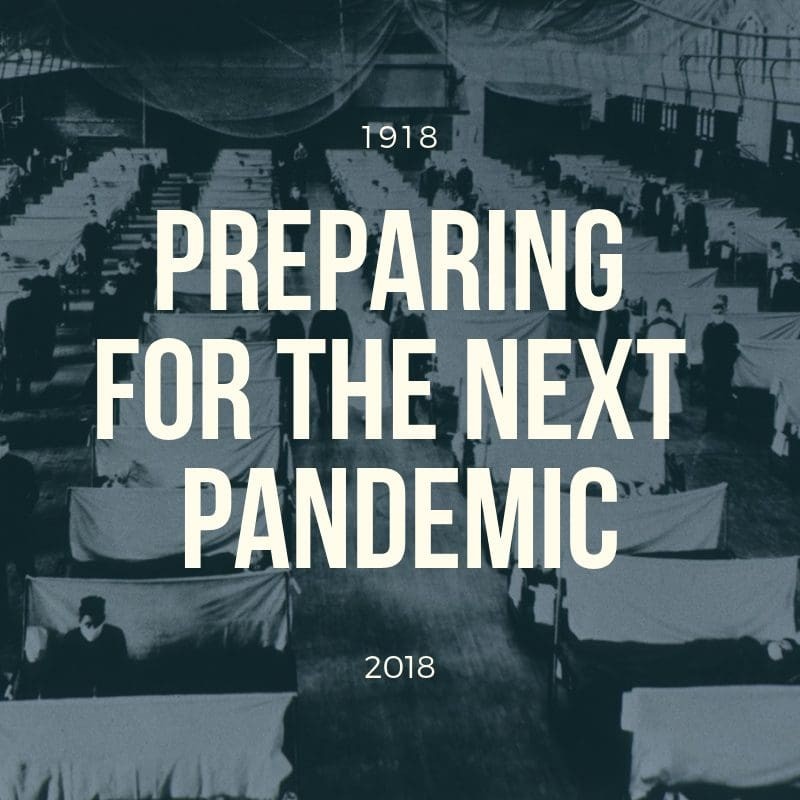One hundred years ago, the world faced a devastating pandemic – the Spanish Flu. While advancements in medicine and technology have been made since then, the core principles of public health and effective policy remain crucial. This “A Tale Of Two Cities Guide” explores how different approaches to the 1918 pandemic in Philadelphia and St. Louis offer valuable lessons for today’s leaders navigating public health crises. The Spanish Flu infected an estimated 500 million people worldwide, resulting in approximately 50 million deaths. In the United States alone, around 675,000 people died during the pandemic, according to the U.S. Centers for Disease Control and Prevention.
Philadelphia: A Cautionary Tale
On September 28, 1918, despite known influenza cases in the city’s naval shipyard, Philadelphia proceeded with a war effort parade that drew nearly 200,000 people. The decision to prioritize public morale over public health proved disastrous. Within two weeks of the parade, over 600 Philadelphians had succumbed to the virus. The peak of the epidemic saw a staggering 1,700 deaths in a single day. Philadelphia’s experience serves as a stark reminder of the devastating consequences of delayed action and prioritizing short-term goals over long-term public health.
St. Louis: A Proactive Approach
In stark contrast to Philadelphia, St. Louis, then one of the largest cities in the U.S., adopted a proactive approach under the leadership of its Health Commissioner, Dr. Max Starkloff. Dr. Starkloff implemented stringent measures, including canceling public gatherings such as football games and Halloween parties, closing schools for ten weeks, and deploying police officers to enforce social distancing in public spaces. These measures, though met with resistance from businesses, proved effective in mitigating the spread of the virus.
St. Louis acted swiftly, implementing measures within a day of the first reported cases. Philadelphia, on the other hand, waited over a week before taking any preventative action.
The Numbers Speak Volumes
A 2007 study published in the Journal of the American Medical Association revealed the stark difference in outcomes between the two cities. St. Louis experienced one of the lowest excess death rates in the nation, with 358 deaths per 100,000 people. In contrast, Philadelphia’s excess death rate was more than double, reaching 748 deaths per 100,000 people. This comparison emphasizes the critical role of decisive and timely public health interventions.
Modern-Day Parallels: The Importance of Earned Sick Leave
The lessons from the 1918 pandemic remain relevant today. One crucial policy that can significantly impact public health is earned sick leave. Earned sick leave laws mandate that employers allow employees to take paid time off for illness or injury, for themselves or their family members. This allows individuals to stay home when sick without risking their livelihoods, thereby reducing the spread of infectious diseases. This is particularly important for workers in the food industry, childcare, and elder care.
San Diego County’s response to a hepatitis A outbreak in 2018 demonstrates the effectiveness of earned sick leave policies. The county implemented a range of measures, including strengthening its sick leave policy, which contributed to controlling the outbreak. Cities without strong earned sick leave policies, like Detroit, are more vulnerable to outbreaks.
Key Takeaways: Policies, Leadership, and Collaboration
The tale of Philadelphia and St. Louis highlights three critical lessons:
- Policies Matter: Implementing policies like earned sick leave, affordable housing, and restaurant grading can create healthier urban environments.
- Leadership Matters: A capable and respected health official is essential. This individual should be a trusted expert who actively participates in policymaking and advocates for public health.
- Sharing Resources and Strategies is Critical: Effective communication and collaboration between cities, counties, states, and the federal government are crucial for sharing information and resources. Organizations like the Big Cities Health Coalition facilitate this collaboration, enabling rapid learning from successes and failures.
As we reflect on the centennial of the 1918 Spanish Flu pandemic, we must remember the profound impact it had on cities worldwide. By learning from the past and implementing smart policies, fostering strong leadership, and promoting collaboration, we can better protect our communities from future public health crises. Smart policies and strong leaders will better protect our health and our families, whether it’s a moment of medical crisis or for our long-term well being.

